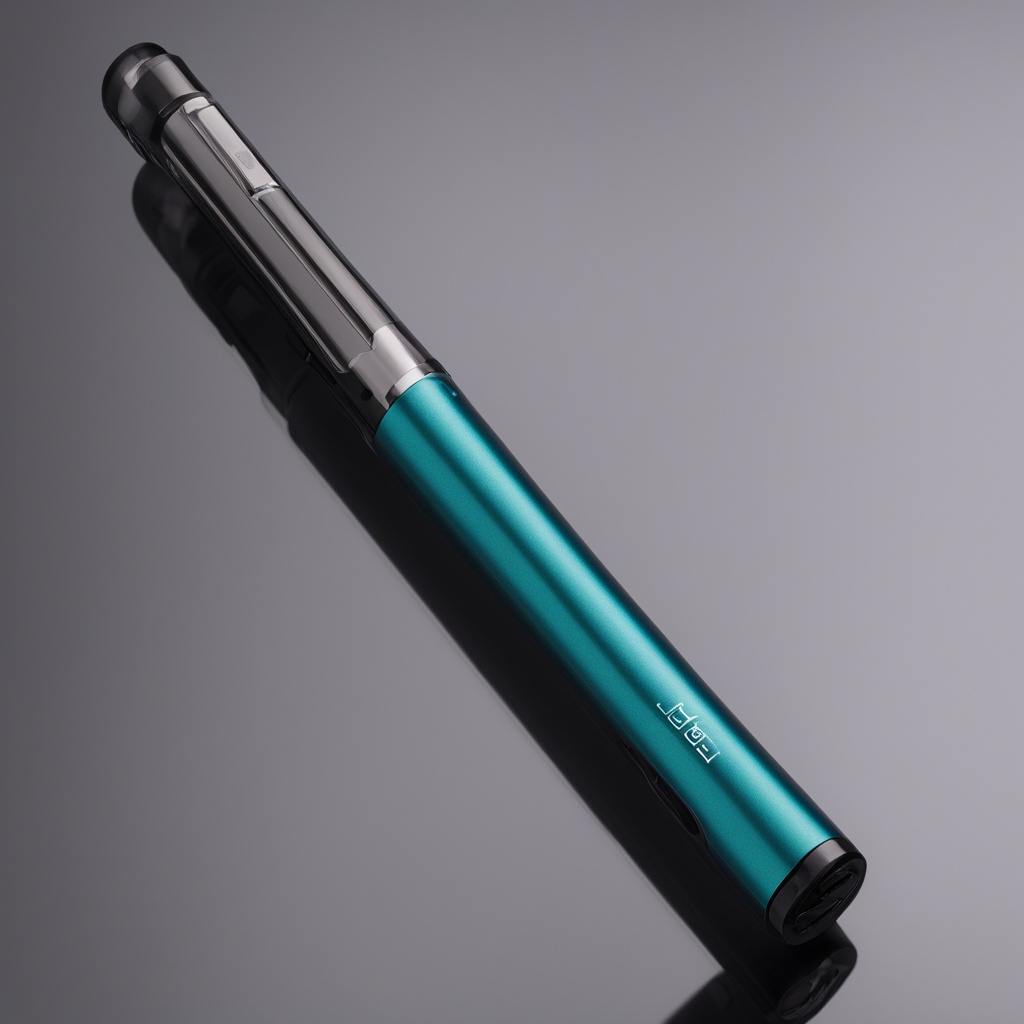Healthy Vape Alternatives Australia: Exploring Safer Smoking Options
Healthy Vape Alternatives Australia: Exploring Safer Smoking Options
Vaping has become a popular alternative to traditional smoking, offering smokers a way to reduce harm while still satisfying cravings. In Australia, where public health initiatives have made significant strides in reducing tobacco use, the demand for healthy vape alternatives has grown steadily. This article explores the landscape of vaping in Australia, focusing on the benefits, risks, and considerations for those seeking safer smoking options.
What Are Healthy Vape Alternatives?
Vaping, or using e-cigarettes, involves inhaling vapor produced by heating a liquid (e-liquid) that may contain nicotine. Unlike traditional cigarettes, which burn tobacco and produce thousands of harmful chemicals, vaping eliminates many of these toxins. The key to a healthy vape alternative lies in the quality of the product and the ingredients used.
For smokers looking to quit or reduce harm, vaping offers a potential pathway. However, it’s important to understand that vaping is not risk-free. While it is generally considered safer than smoking, there are still risks associated with nicotine dependence and exposure to certain chemicals in e-liquids.
The Rise of Vaping in Australia
Australia has been at the forefront of tobacco control, with strict regulations on cigarette advertising and high taxes on tobacco products. These measures have contributed to a decline in smoking rates, but many smokers still struggle to quit. Enter vaping: a tool that has gained popularity as a healthy vape alternative for those unable or unwilling to quit nicotine entirely.
According to recent studies, vaping has the potential to significantly reduce harm compared to traditional cigarettes. However, regulatory frameworks are still evolving in Australia, with some states imposing stricter rules on e-cigarettes and vaping products.
Benefits of Vaping as a Healthy Alternative
1. Reduced Exposure to Toxins: Unlike traditional cigarettes, which produce tar and other harmful chemicals, vaping eliminates many of these toxins. This reduction in exposure can lead to improved respiratory health over time.
2. Controlled Nicotine Intake: Vaping allows users to choose the nicotine concentration in their e-liquids, enabling them to gradually reduce their nicotine dependence.
3. Customizable Experience: Vapers can experiment with different flavors and devices, making the transition from smoking more enjoyable.
4. Cost-Effective: Over time, vaping can be less expensive than smoking, especially when considering the high cost of cigarettes in Australia.
These benefits make vaping an attractive option for smokers seeking a healthier alternative. However, it’s important to approach vaping with caution and awareness of potential risks.
Choosing the Right Vaping Products
When exploring healthy vape alternatives, it’s crucial to prioritize quality and safety. Here are some tips for choosing the right products:
- Select Reputable Brands: Look for well-known brands that adhere to strict quality control standards. Avoid generic or unbranded products, as they may contain harmful substances.
- Choose High-Quality E-Liquids: Opt for e-liquids made with pharmaceutical-grade nicotine and food-safe flavorings. Avoid products with unknown ingredients or additives.
- Invest in a Good Device: A reliable vaping device ensures consistent performance and reduces the risk of malfunction or overheating.
- Start Low and Slow: Begin with a low nicotine concentration to avoid overwhelming your system, especially if you’re new to vaping.
By making informed choices, vapers can maximize the benefits of their experience while minimizing risks.
The Importance of Quality in Vaping
One of the most critical factors in determining the safety and effectiveness of vaping is the quality of the products used. Inferior devices or low-quality e-liquids can expose users to harmful chemicals, negating the potential benefits of vaping as a healthy alternative.
In Australia, there are strict regulations governing the sale and distribution of vaping products. These rules aim to ensure that consumers have access to safe and reliable options. However, it’s still up to individual users to do their homework and make educated decisions about what they put into their bodies.
Addressing Concerns About Vaping
While vaping is generally considered safer than smoking, there are valid concerns that need to be addressed:
- Nicotine Dependence: Nicotine is addictive, and vaping can perpetuate this dependence. However, unlike cigarettes, vaping allows users to taper their nicotine intake over time.
- Long-Term Health Risks: While vaping has been shown to reduce harm compared to smoking, the long-term effects of vaping are still being studied. Users should remain vigilant and stay informed about emerging research.
Despite these concerns, many public health experts view vaping as a valuable tool in the fight against tobacco-related illnesses. By providing smokers with a safer alternative, vaping can help reduce the burden of smoking-related diseases in Australia.
Frequently Asked Questions About Vaping
If you’re considering vaping as a healthy vape alternative, you may have some questions:
- Is vaping safe? While vaping is not risk-free, it is generally considered safer than smoking. The key to safety lies in choosing high-quality products and using them responsibly.
- Can vaping help me quit smoking? Many smokers have successfully used vaping as a tool to quit smoking. However, success rates vary depending on individual circumstances and commitment to quitting.
- Are there any health risks associated with vaping? While vaping eliminates many of the toxins found in cigarettes, there are still potential risks, including lung irritation and nicotine dependence. Users should weigh these risks against the benefits before deciding to vape.
By addressing these questions and concerns, users can make more informed decisions about whether vaping is right for them.
The Future of Vaping in Australia
As vaping continues to gain popularity as a healthy vape alternative, the future of vaping in Australia looks promising. With advancements in technology and increasing awareness of the benefits of vaping, more smokers are likely to consider it as a tool for quitting smoking or reducing harm.
However, regulatory challenges remain a concern. Some states have implemented strict rules on the sale and use of vaping products, which could limit access for those who might benefit from them. Advocates argue that a balanced approach is needed—one that prioritizes safety while allowing individuals to make informed choices about their health.
Conclusion
Vaping has emerged as a compelling option for smokers seeking a healthy vape alternative. With its potential to reduce harm compared to traditional cigarettes, vaping offers hope for those struggling to quit smoking or looking to minimize the risks associated with nicotine use.
However, it’s essential to approach vaping with caution and awareness. By choosing high-quality products, understanding the risks, and making informed decisions, users can maximize the benefits of vaping while minimizing potential drawbacks. As research continues to evolve, vaping is likely to play an increasingly important role in public health efforts to reduce smoking-related illnesses in Australia.
So, if you’re considering vaping as a healthier alternative to smoking, take the time to educate yourself and make choices that align with your goals for better health and well-being.
Vaping: A Healthier Alternative to Smoking
In recent years, vaping has emerged as a popular tool for smokers looking to reduce harm or quit smoking altogether. This article explores the benefits, risks, and considerations of using vaping as a healthier alternative.
Benefits of Vaping
1. Reduced Exposure to Toxins: Unlike traditional cigarettes, which produce harmful chemicals like tar, vaping eliminates many toxins, potentially improving respiratory health.
2. Controlled Nicotine Intake: Users can choose nicotine concentrations, allowing them to taper their dependence gradually.
3. Customizable Experience: Vapers can explore various flavors and devices, making the transition from smoking more enjoyable.
4. Cost-Effective: Over time, vaping can be less expensive than smoking, especially given high cigarette prices in Australia.
Choosing the Right Products
– Reputable Brands: Opt for well-known brands with strict quality control to avoid harmful substances.
– High-Quality E-Liquids: Select products made with pharmaceutical-grade nicotine and food-safe flavorings.
– Reliable Devices: Invest in a good device for consistent performance and reduced malfunction risks.
Addressing Concerns
– Nicotine Dependence: Vaping can perpetuate dependence, but users can taper their intake over time.
– Long-Term Health Risks: While vaping is safer than smoking, long-term effects are still under study.
Frequently Asked Questions
– Safety: Vaping is generally safer than smoking but requires responsible use of high-quality products.
– Quitting Smoking: Many smokers have quit successfully using vaping, though success varies.
– Health Risks: Potential risks include lung irritation and nicotine dependence; users should weigh these against benefits.
The Future of Vaping in Australia
As vaping gains popularity, regulatory challenges remain. Advocates push for a balanced approach that prioritizes safety while allowing informed choices.
Conclusion
Vaping offers hope as a healthier alternative to smoking, but it should be approached with caution and awareness. By making informed decisions, users can maximize benefits and minimize drawbacks, contributing to public health efforts against smoking-related illnesses.



